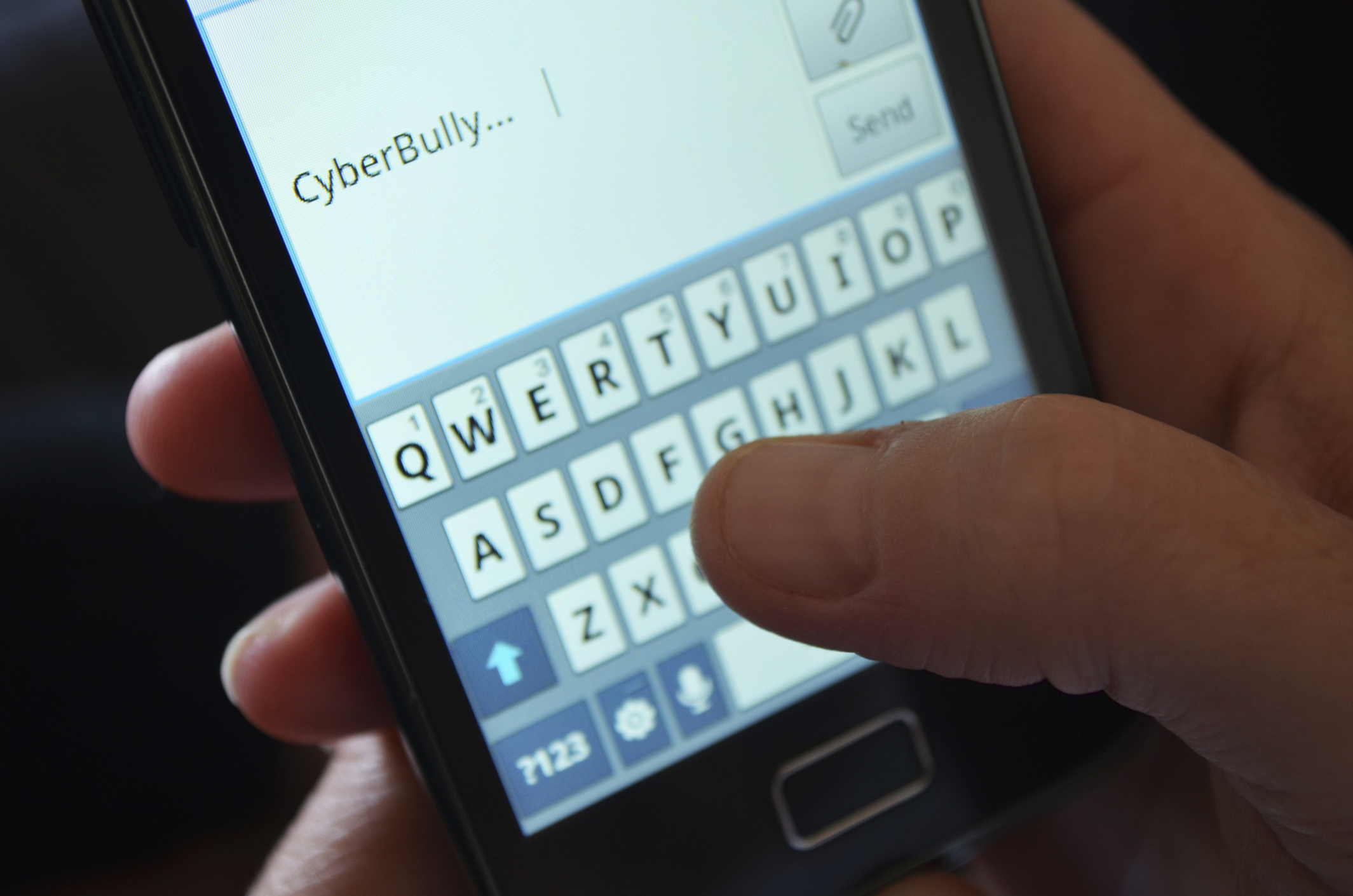Fife schools are drawing up plans to tackle the growing threat of cyberbullying.
Across the region, each school has been told to draw up a strategy tackling all forms of bullying by December.
Schools will have to respond to the increase in bullying involving social media and mobile phones.
Councillor Susan Leslie, who chairs Fife Council’s education scrutiny committee, said: “Fife’s schools have always had a good reputation in dealing with this problem.
“While all our schools will approach this slightly differently, in a way that best fits with the specific needs of the school community, it is important to have a clear policy and guidelines throughout Fife with specialist training and a way to share best practice.”
A Fife-wide anti-bullying policy was issued to schools in January.
Since then, staff members have been trained by the Respectme national anti-bullying service, which has also provided resources for schools.
In tackling bullying, teachers and support staff have been told to support bullies rather than punishing them.
The report to Tuesday’s scrutiny committee meeting said: “Such an approach may, understandably, be challenged by those who believe that children who bully should experience only negative consequences as a result of their behaviour.
“It is our firm belief that such an approach is counterproductive.”
One of the approaches already used in Fife is the Cool in School programme, which was developed by local teachers, where children use discussion and role play to learn how to cope with difficult situations.
Mrs Leslie added: “Many of our schools have led the way in the use of restorative practices and the Cool in School technique was developed in one of our primary schools and has since been rolled out to schools across Scotland.
“Bullying can blight a child’s whole educational experience and leave long-term, psychological damage on the victim, and sometimes the perpetrator, if it is not tackled consistently.
“It’s especially reassuring to see the guidelines tackling different kinds of prejudice-based bullying, including sexual orientation and body image among others.
“The policy will specifically address the increase in on-line bullying and I’m pleased to see each school will create their own policy on the use of mobile technology.
“I welcome the progress that has been made so far and look forward to a further report to committee in the future.”










